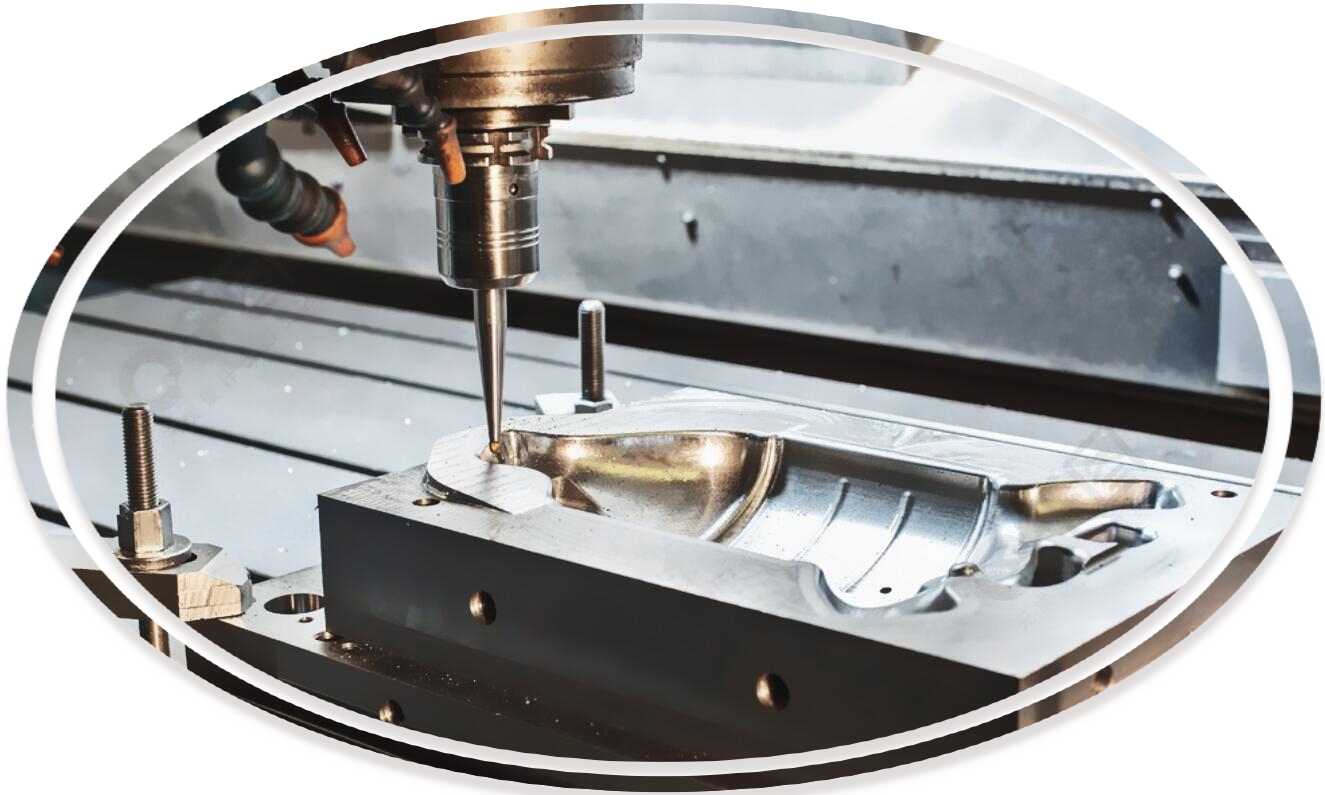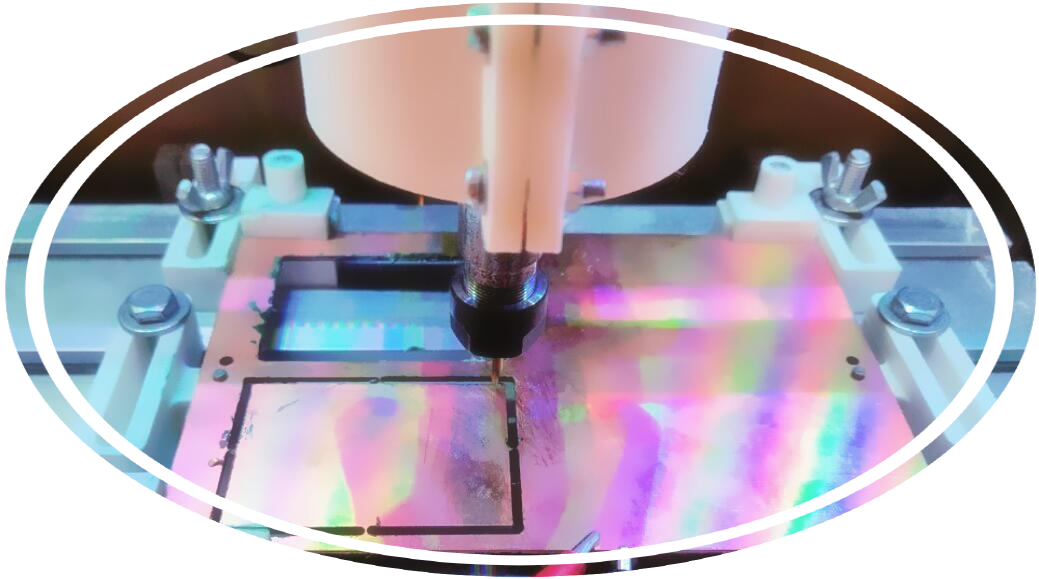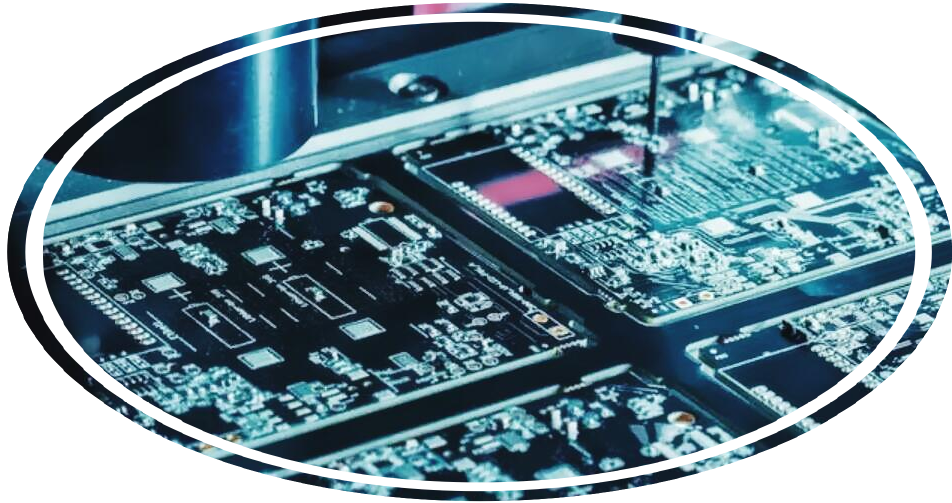
Micro-milling tools have proven indispensable in modern manufacturing, driving precision and accuracy to unmatched levels.
Importance of Micro Milling in Modern Manufacturing
By delivering ultra-precise machining, micro milling paves the way for advanced manufacturing. The importance of these tools cannot be overstated, especially as we venture deeper into the era of nanotechnology and miniaturized electronics.
Understanding micro-milling and its intricacies is essential to this precision-driven revolution.
Micro milling is a subtractive manufacturing process that uses tiny cutters to remove material from a workpiece, creating features as small as a few micrometers.
From rudimentary cutting tools, micro-milling tools have evolved significantly, driven by advancements in material science, precision engineering, and computational capabilities.
A comprehensive understanding of micro-milling tools isn't complete without delving into its primary components, the cutter and the tool holder.
The cutter, the heart of the micro-milling tool, performs the actual material removal.
Cutters are made from various materials, including high-speed steel, carbide, and, more recently, advanced ceramics and diamond pcd.
There are various types of cutters, such as flat-end, ball-end, and corner radius end mills, each designed for specific applications.
Toolholders secure the cutter to the machine. Their design is crucial to prevent cutter deflection and maintain precision during milling.
The application of advanced technologies has dramatically enhanced micro-milling capabilities.
Nanotechnology has allowed for the production of cutters with nanometer precision, improving tool longevity and machining precision.
AI and machine learning have revolutionized micro-milling by optimizing cutting parameters, predicting tool wear, and managing complex machining processes.
Despite its many benefits, micro milling also faces some challenges.
The small size of micro-milling tools makes them susceptible to rapid wear and tear, affecting tool life and machining quality.
High rotational speeds in micro-milling generate substantial heat, potentially damaging the workpiece and the tool.
Several solutions and advancements have been proposed to mitigate these challenges.
Developing more durable cutter materials, such as diamond pcd / CVD and advanced ceramics, has significantly increased tool life.
Advanced cooling techniques, including minimum quantity lubrication (MQL) and cryogenic cooling, have been employed to manage heat generation.
Predictive maintenance enabled by AI and sensors can forecast tool wear, ensuring timely replacement and uninterrupted operation.

The advent of micro-milling has had a profound impact on various industries.
In healthcare, micro milling has enabled the manufacture of micro-scale medical devices and components, improving patient outcomes.

In the electronics industry, micro-milling has facilitated the fabrication of intricate circuitry and microelectromechanical systems (MEMS), propelling us further into the digital age.
Micro-milling tools are an essential component in modern manufacturing. Despite their challenges, technological advancements continue to improve their performance, paving the way for even more precise and efficient production processes.
●What is micro milling?
Micro milling is a manufacturing process that uses tiny cutters to remove material from a workpiece at a micrometer scale.
●What are the components of micro-milling tools?
The main components of micro-milling tools are the cutter and the tool holder.
●What technologies enhance micro-milling?
Nanotechnology, AI, and machine learning are pivotal in enhancing micro-milling.
●What challenges does micro-milling face?
Rapid tool wear and tear and heat generation are some challenges micro-milling faces.
●How does micro milling impact industries like healthcare and electronics?
Micro-milling has revolutionized healthcare by enabling the manufacture of micro-scale medical devices. In electronics, it has facilitated the production of intricate circuitry and MEMS.
Contact: Nina Qiao
Phone: 8613526572721
E-mail: cutting@zy-superhardtools.com
Whatsapp:8613526572721
Add: AUX Industry,Zhengzhou City,Henan Province,China
We chat
